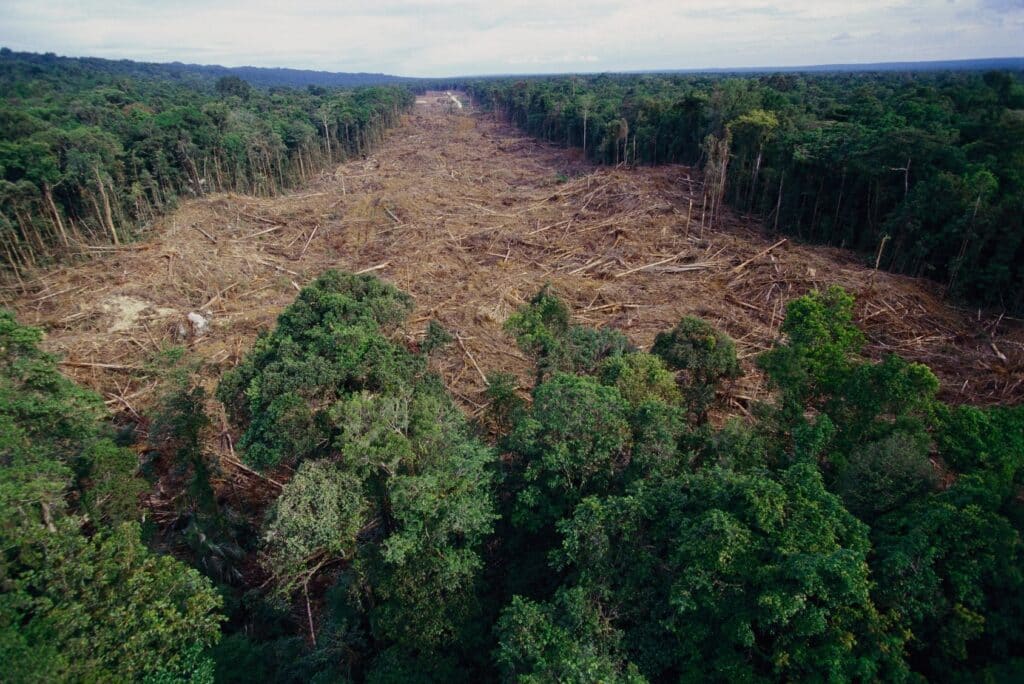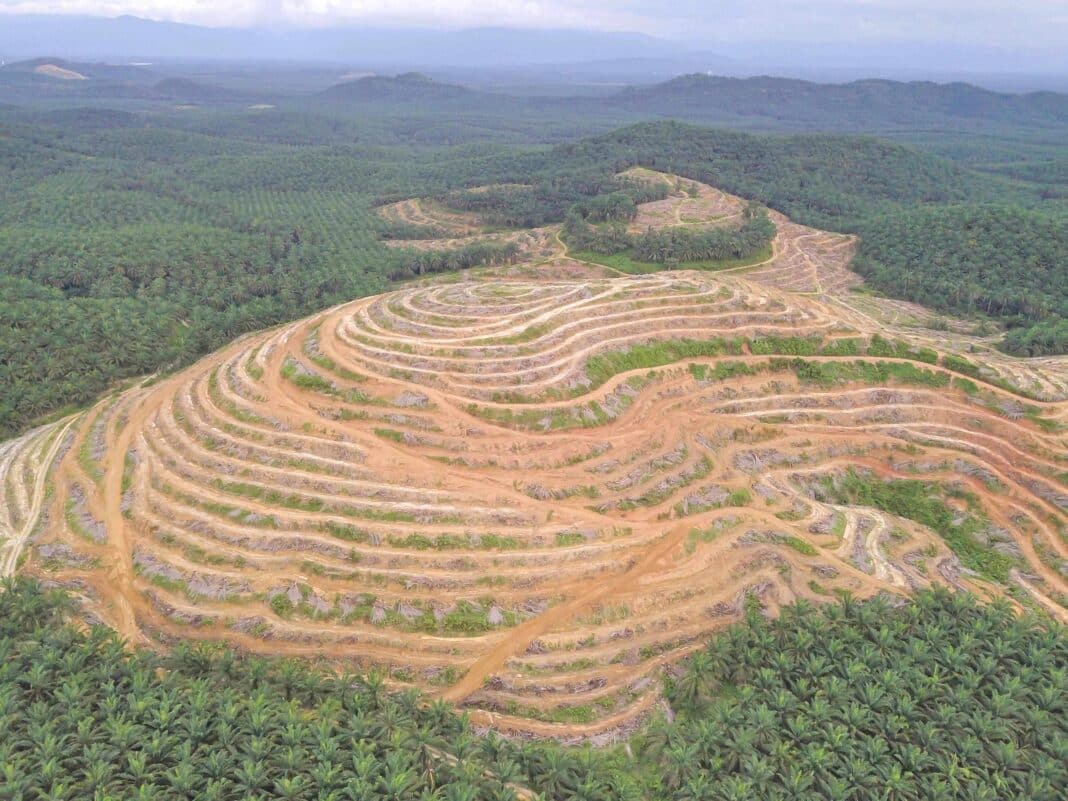The EU will now delay rolling out its landmark deforestation regulation after the Financial Times reported several governments across Asia, Africa, and Latin America warned that the new regulation would be “burdensome, unfair and scare off investors.”
Wood Central understands that the 12 countries that signed the “United for Our Forests” pledge at the Amazon Summit last August are the main drivers behind the push, with Brazil leading a push to establish a US $250 billion ‘megafund’ at COP28.
The countries representing 80% of the world’s tropical forests are now accusing the EU of pushing their green standards onto others; with Indonesia leaning heavily on EU countries, including the Netherlands, the EU member at greatest risk from trade disruption, to delay the legislation.
In September, Indonesia and Malaysia, collectively responsible for 85% of the world’s Palm Oil production, raised “multiple concerns” with the new legislation as part of an open letter to the European Commission.
The letter alleged that “the legislation disregarded local circumstances and capabilities, national legislation and certification mechanisms of developing producer countries, (as well as) their efforts to fight deforestation and multilateral commitments, including the principle of common but differentiated principles.”
Instead, Brussels will delay classifying countries into low, standard, or high-risk categories – shelving the controversial traffic-light system. Instead, it will designate all countries “as standard risk” to give them more time to prepare for the new legislation.

“We will simply not classify, which means everything will be a medium risk,” according to an EU official who spoke to the Financial Times, adding that “we need more time to get the system into place.”
“We have had a lot of complaints from partners,” the official said, and with the delay, “no country will have an advantage over the other.”
The law, a key part of the EU’s Green Deal, was ratified by the EU Council in May 2023. It represented the strongest enforcement against deforestation, holding companies legally responsible for importing timber, cattle, soybeans, coffee, cocoa, palm oil and robber from deforested sources.
However, there has been growing concern that supply chains were ill-prepared and not “EUDR-ready”, with the Zoological Society of London (ZSL) revealing that the top 100 timber and pulp companies must be more prepared for the new rules.
In a significant change to the construction of the new rules, Brussells will now take a regional rather than national approach to classifying the risk areas, “meaning that the plains of southern Brazil would be eventually classified as a lower level than the Amazon region,” according to an EU official.
How the EUDR will work
- The regulation will assign a low, standard, or high-risk level associated with deforestation and forest degradation to regions within countries inside and outside the EU.
- This risk classification will guide the obligations of various operators and the authorities in member states to perform inspections and controls. Consequently, this will streamline monitoring for high-risk regions and simplify due diligence processes for low-risk regions.
- Authorities responsible for these areas must inspect 9% of operators and traders dealing with products from high-risk regions, 3% from standard-risk areas, and 1% from low-risk regions. This inspection aims to confirm whether they are effectively meeting the obligations stipulated by the regulation.
- Further, these competent authorities will inspect 9% of relevant goods and products either placed on their market, made available, or exported by high-risk regions.
- Lastly, the EU plans to enhance its cooperation with partner countries, focusing primarily on high-risk areas.
For more information, visit Wood Central’s special feature on EUDR and its implications for the global supply chain of forest products from July 2023.







